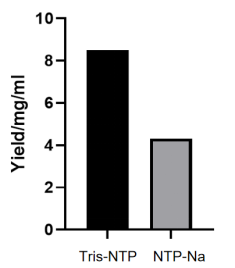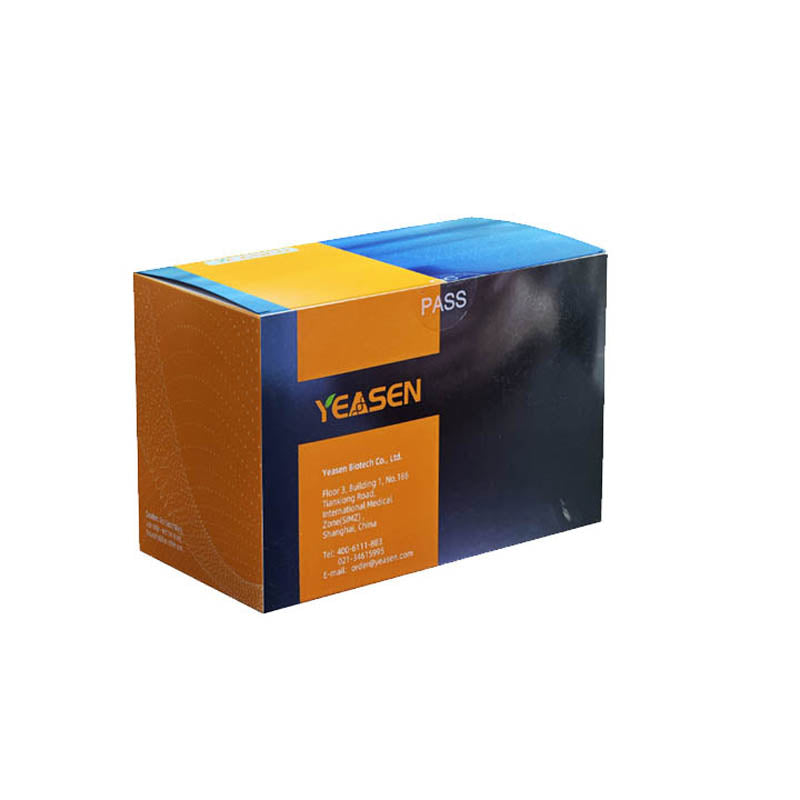Description
GTP, Guanosine-5'-triphosphate, can be used in various of molecular biology applications, such as in vitro transcription, RNA amplification, siRNA synthesis, etc. In addition, GTP plays an important role in signal transduction as a phosphate or pyrophosphate messenger: GTP can activate G proteins, which can induce multiple protein kinase mediated cascade reactions, causing a variety of cytological behaviors, such as cell proliferation, differentiation, etc. GTP can also be used as a high-energy precursor of single nucleotides to participate in the synthesis of DNase and RNase.
This product is a transparent colorless aqueous solution prepared with GTP tris solution, and free of DNase and RNase contamination.
This product is produced in accordance with GMP process requirements and provided in liquid form.
Feature
- Validated, product-specific processes and analytical methods
- Product-specific stability
- Documentation follows applicable GMP guidelines
- AOF production process and raw materials (TSE & BSE)
- Nitrosamine statement
- Regulatory support documents available
- Large-scale production
- The increased IVT yield and the decreased dsRNA content under the optimized Tris NTP reaction system
Application
- RNA synthesis and amplification
- Building block for in vitro transcription
Specification
| CAS No | 86-01-1 (free acid) |
| Formula | C10H16N5O14P3 (free acid) |
| Molecular weight | 523.18 g/moL (free acid) |
| Purity(HPLC) | ≥ 99% |
| Content | 100 mM ± 3 mM |
| Structure |  |
Component
| Components No. | Name | 10655ES03 | 10655ES10 | 10655ES60 |
| 10655 | GTP Tris Solution GMP-grade (100 mM) | 1 mL | 10 mL | 100 mL |
Storage
The product should be stored at -25℃ ~ -15℃ for two years.
Figures
- Increased the IVT yield

Figure 1. The IVT yield was significantly increased under the optimized Tris NTP reaction system, compared with the sodium NTP reaction system.
- Decreased the dsRNA content

Figure 2. The content of dsRNA was significantly decreased under the optimized Tris NTP reaction system, compared with the sodium NTP reaction system. The content of dsRNA was detected by the Dot Blot method.

